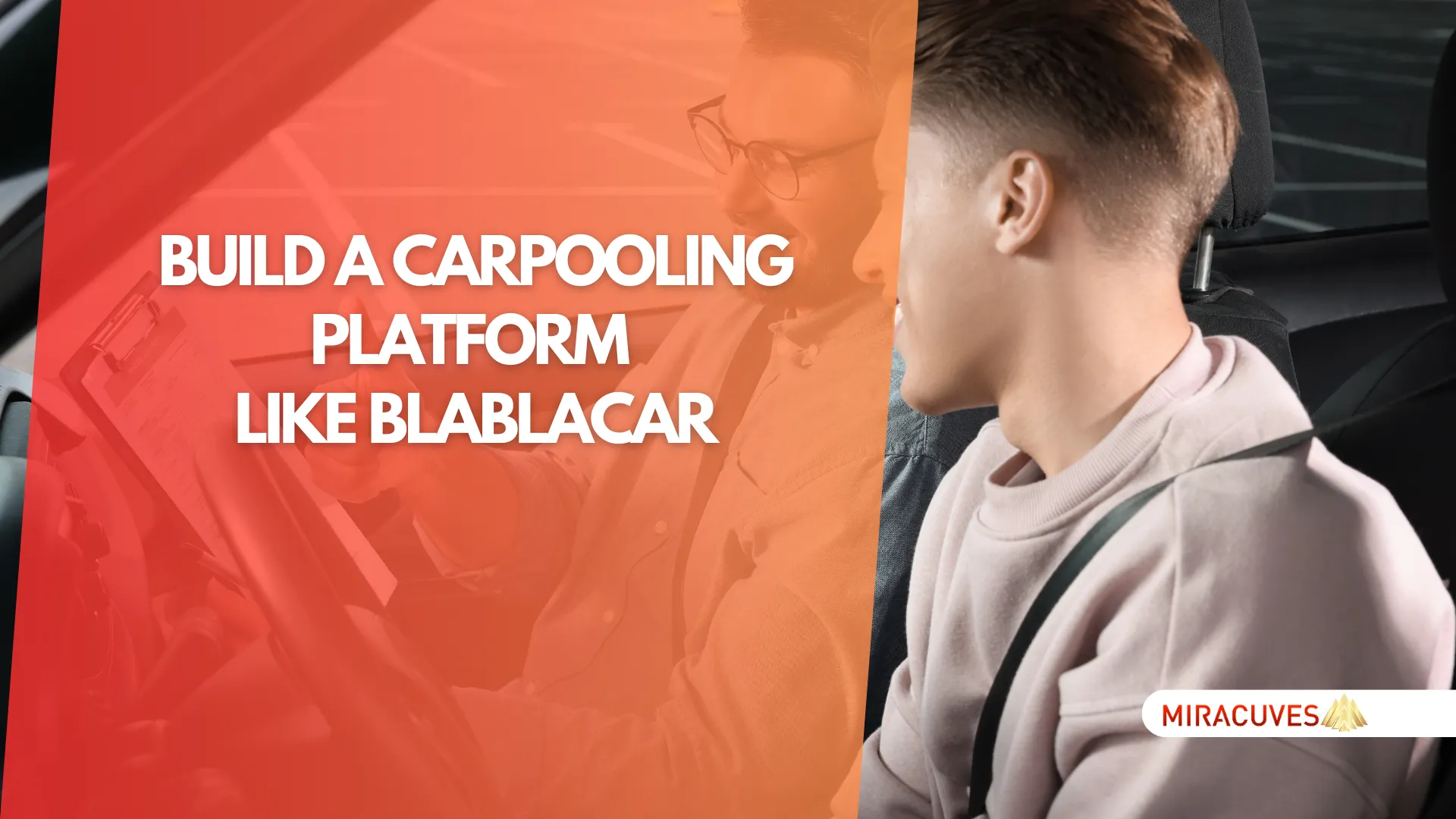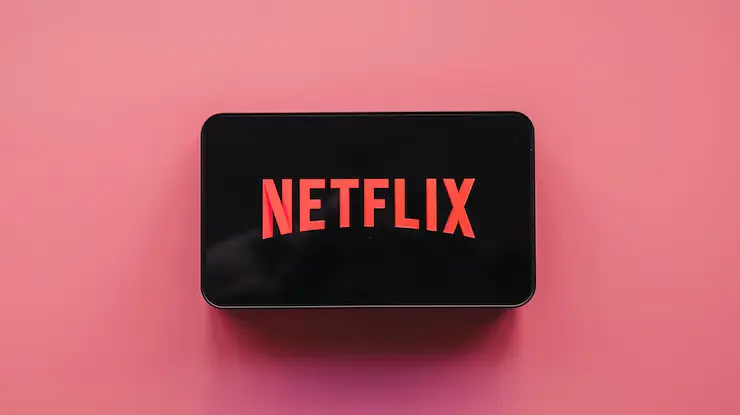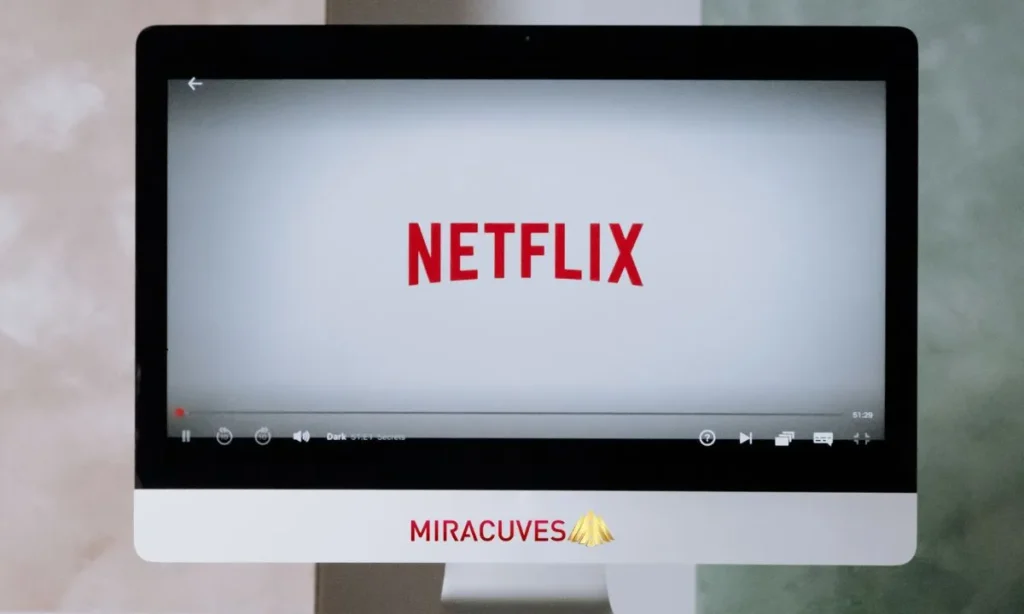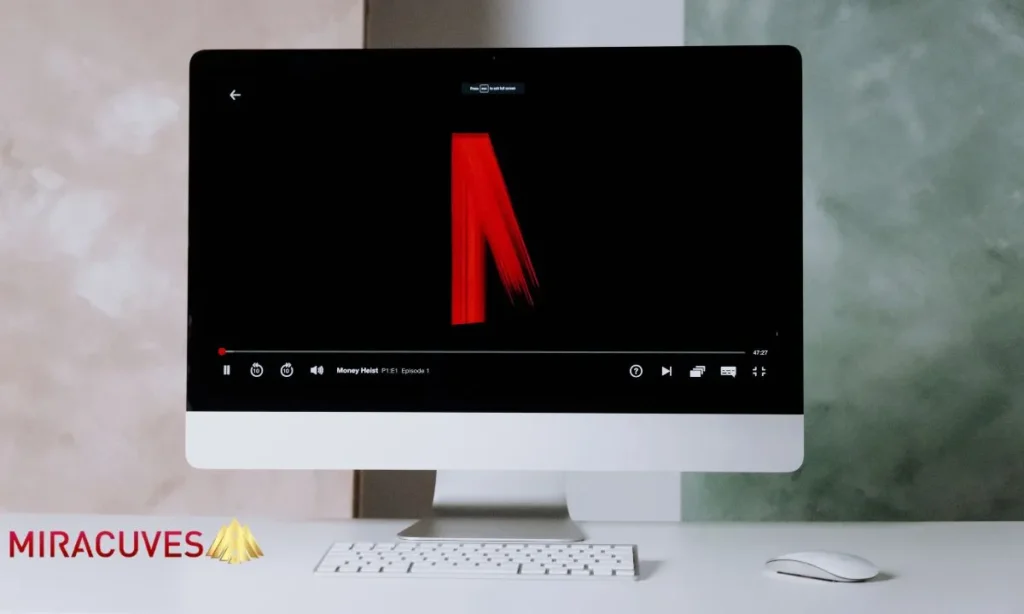The rise of ride-sharing and carpooling apps has revolutionized how people commute, with BlaBlaCar emerging as one of the leading platforms in this space. BlaBlaCar offers an affordable, eco-friendly alternative by connecting drivers traveling on the same route with passengers looking to share a ride. As urban congestion grows and the demand for sustainable travel increases, carpooling solutions like BlaBlaCar are becoming more relevant.
Building a carpooling platform similar to BlaBlaCar presents a promising business opportunity for entrepreneurs. This type of app not only caters to the financial needs of users by splitting travel costs but also promotes social connections and contributes to reducing carbon emissions. With the ride-sharing market projected to grow steadily over the next few years, now is the perfect time to dive into developing such an app.
For businesses looking to enter this market, Miracuves Solutions provides a unique advantage. With development costs 90% lower than industry standards and delivery times that are 30x faster, Miracuves Solutions can help you bring your carpooling platform to life with speed and efficiency.
What the App Is and What It Does
BlaBlaCar is a peer-to-peer carpooling platform that connects drivers with passengers heading in the same direction, allowing them to share travel costs. The app operates on the principle of shared mobility, aiming to make intercity travel affordable and environmentally friendly. Instead of relying on professional drivers, BlaBlaCar focuses on individuals offering empty seats in their private vehicles for long or medium-distance journeys. This setup creates a win-win situation: drivers offset their fuel expenses, and passengers enjoy affordable rides.
BlaBlaCar is popular because of several key functionalities:
- Ride Booking: Users can search for available rides on specific routes and book seats in advance.
- Driver and Passenger Matching: The platform matches drivers and passengers traveling on the same route.
- GPS Tracking: Passengers can track their trip in real-time, enhancing safety and transparency.
- Payment Integration: Payments are handled seamlessly within the app, allowing for cashless transactions.
- Rating System: Both drivers and passengers can rate each other, ensuring accountability and a trustworthy community.
This model promotes sustainable travel by reducing the number of vehicles on the road, easing traffic congestion, and minimizing environmental impact. With carpooling gaining traction, especially among eco-conscious travelers, building a platform with similar functionality can help businesses tap into this expanding market.
Why Build This App?
The ride-sharing industry is booming, driven by the rising demand for affordable, convenient, and sustainable transportation solutions. Carpooling apps like BlaBlaCar are becoming increasingly popular as they provide an economical travel option while reducing traffic congestion and carbon emissions. For entrepreneurs and businesses, now is the perfect time to launch a carpooling app due to several compelling reasons:
- Market Growth Potential
The global ride-sharing market is projected to reach $507.9 billion by 2027, with a steady growth rate of 4.3% annually Nimble AppGenieAtoAllinks. As more people shift toward shared mobility options, the demand for reliable carpooling platforms will continue to grow. - Environmental Impact
BlaBlaCar reported saving 1.5 million tons of CO2 emissions in 2022 through shared rides Nimble AppGenie. Carpooling helps reduce the number of vehicles on the road, directly addressing urban pollution and traffic congestion. This environmental benefit appeals to eco-conscious users and aligns with global sustainability trends. - Affordable Travel
Carpooling apps split travel costs between drivers and passengers, making intercity trips significantly cheaper compared to traditional transport modes. This affordability makes carpooling appealing to students, budget travelers, and daily commuters alike. - Growing Community and Trust
BlaBlaCar’s community has grown to over 90 million users, showcasing the rising popularity of carpooling platformsEnkling. Features like user ratings and reviews foster trust, encouraging more people to use such services.
Building a similar platform now will allow you to tap into a thriving market, contribute to environmental goals, and offer a valuable service to users looking for economical travel options. With the right features and strategy, your app could become a game-changer in this industry.
What Can I Do to Differentiate It?
In a competitive market dominated by apps like BlaBlaCar, standing out requires more than just replicating the basics. Here are some strategies to add uniqueness and value to your carpooling platform:
- Preferred Driver/Passenger Matching
Introduce a feature that allows users to select favorite drivers or passengers based on past trips. This personalization strengthens trust and encourages repeat usage. - Eco-Reward System
Implement a reward system that grants points or discounts for choosing eco-friendly rides. These points could be redeemed for free rides or other perks, appealing to environmentally conscious users. - Real-Time Ride Splitting
Develop a dynamic system that allows passengers to join or exit rides midway, enabling flexible travel plans. This unique offering would appeal to spontaneous travelers or those with changing schedules. - Emergency SOS Feature
Enhance safety by integrating an emergency SOS button that immediately notifies pre-saved contacts or authorities, ensuring a secure environment for both drivers and passengers. - Geo-Fencing for Promotions
Use geo-fencing to offer localized promotions. For example, passengers traveling to certain events or areas could receive discounts or exclusive offers, increasing engagement. - Offline Mode for Rural Users
Introduce offline booking options for areas with poor network connectivity, expanding your platform’s reach to rural or remote regions.
Market Size, Growth, and Business Model
The carpooling and ride-sharing industry is experiencing steady growth, driven by rising urbanization and the need for affordable, eco-friendly travel options. Here’s a snapshot of the current market scenario and what it means for businesses aiming to build a platform like BlaBlaCar:
- Market Size and Growth
- In 2023, the global ride-sharing market is valued at $429 billion and is projected to reach $507.9 billion by 2027 with a growth rate of 4.3% annually Learn More about Alternatives.
- User penetration in this sector is forecast to increase from 41.4% in 2023 to 43.7% by 2027, indicating growing acceptance of shared mobility solutions.
- Revenue Streams and Monetization
Carpooling apps typically earn revenue through:- Commission Fees: A percentage of each trip’s fare.
- Subscription Plans: Offering premium features to users for a fixed monthly or annual fee.
- In-App Ads and Promotions: Collaborating with businesses to offer targeted advertising.
- Affiliate Partnerships: Promoting third-party services like fuel cards or insurance providers.
- Sustainability Appeal
As environmental concerns grow, more users are turning to carpooling to reduce their carbon footprint. Governments are also supporting shared mobility through policy incentives, further boosting the sector’s growth.
| Business Model | Revenue Stream | Example Apps |
|---|---|---|
| Commission-Based | Takes a percentage from each trip fare | BlaBlaCar, Uber Pool |
| Subscription Plans | Users pay monthly or yearly for premium features | Lyft Line, Waze Carpool |
| In-App Advertising | Generates revenue from targeted ads within the app | Uber, Free Now |
| Affiliate Partnerships | Promotes third-party services like insurance or fuel cards | BlaBlaCar, Getaround |
Features of the App
A successful carpooling app like BlaBlaCar relies on well-defined features that cater to both drivers and passengers, ensuring smooth communication, secure transactions, and seamless travel experiences. Below are the core functionalities necessary to create a robust platform:
- User-Side Features:
- Ride Booking: Search and book available rides along preferred routes.
- GPS Tracking: Real-time tracking for safety and route monitoring.
- In-App Payments: Secure and cashless transactions with multiple payment options.
- Rating and Reviews: Users rate each other to maintain service quality.
- Profile Management: Allows passengers to update personal details and preferences.
- Driver-Side Features:
- Trip Scheduling: Manage and schedule trips based on availability.
- Earnings Dashboard: Track earnings from completed rides.
- In-App Messaging: Communicate directly with passengers to coordinate pickup.
- Admin Panel Features:
- Trip Management: Oversee rides and monitor real-time activities.
- Analytics Dashboard: Access data on user engagement, revenue, and trip statistics.
- Payment Gateway Integration: Manage transactions securely and monitor payouts.
| Feature Category | User Panel | Driver Panel | Admin Panel |
|---|---|---|---|
| Profile Management | Manage personal details | Manage driver and vehicle info | Manage users and drivers |
| Ride Management | Search and book rides | Schedule and manage trips | Monitor and manage trips |
| Communication | In-app messaging with drivers | In-app messaging with passengers | Customer support communication |
| Payment Handling | Secure in-app payments | Track earnings from trips | Manage payment gateways and payouts |
| Tracking | Real-time GPS tracking | Navigation and trip tracking | Monitor trip activities |
| Ratings & Reviews | Rate drivers and rides | Receive feedback from passengers | Analyze user feedback |
| Analytics | View trip history | Track trip statistics and earnings | Access platform-wide analytics |
Technical Requirements
Building a reliable and scalable carpooling app requires the right combination of technologies to ensure smooth performance and user satisfaction. Below are the core technical components needed for developing an app like BlaBlaCar:
- Front-End Development:
- Use frameworks like React Native or Flutter for cross-platform development to support both Android and iOS.
- These frameworks ensure faster development and consistent user experience across devices.
- Back-End Development:
- Technologies like Node.js, Django, or Ruby on Rails handle the app’s logic and server-side operations.
- A REST API or GraphQL API ensures communication between the front end and back end.
- Database Management:
- Choose robust databases like PostgreSQL, MongoDB, or MySQL to store user data, trip details, and transaction history.
- Cloud Hosting and Scalability:
- Use AWS, Google Cloud, or Microsoft Azure for cloud hosting, ensuring the app scales seamlessly with increased demand.
- Third-Party Integrations:
- Payment Gateways: Integrate options like Stripe or PayPal for secure transactions.
- GPS Services: Use Google Maps or Mapbox for real-time tracking and navigation.
- Security Measures:
- Implement end-to-end encryption to protect sensitive data.
- Use two-factor authentication (2FA) to enhance login security.
Using cloud services like AWS ensures scalability and reliability, allowing your app to handle increasing traffic efficiently.
| Component | Recommended Technologies | Role in Development |
|---|---|---|
| Front-End Development | React Native, Flutter | Builds user interface for Android and iOS apps |
| Back-End Development | Node.js, Django, Ruby on Rails | Handles server-side logic and app functionality |
| Database Management | PostgreSQL, MongoDB, MySQL | Stores user data, trip details, and payments |
| Cloud Hosting | AWS, Google Cloud, Microsoft Azure | Provides scalable hosting and infrastructure |
| Payment Gateway | Stripe, PayPal | Manages secure and seamless transactions |
| GPS and Navigation | Google Maps API, Mapbox | Enables real-time tracking and navigation |
| Security Measures | End-to-end encryption, Two-Factor Authentication (2FA) | Ensures data security and user authentication |
Design and User Interface (UI/UX)
A great user interface (UI) and seamless user experience (UX) are crucial for retaining users and ensuring your carpooling app stands out. Here’s how to design an intuitive and engaging platform:
- User-Centered Design Approach
- Focus on making the app easy to use with minimal learning curve.
- Prioritize key features like ride booking and GPS tracking to be accessible within a few taps.
- Wireframing and Prototyping
- Create wireframes to map out user flows and screen layouts, ensuring logical navigation.
- Use prototyping tools like Figma or Adobe XD to test the design with real users before finalizing.
- Visual Appeal and Consistency
- Use clean and modern design elements, including easy-to-read fonts and intuitive icons.
- Maintain consistent branding across all screens to build trust and familiarity.
- Accessibility and Responsiveness
- Ensure the app is accessible to users with disabilities by following accessibility guidelines (like WCAG).
- Optimize the design for different screen sizes, from smartphones to tablets, to enhance user experience.
- Interactive Elements and Feedback
- Include real-time feedback like loading spinners, confirmation messages, and animations to make interactions smoother.
- Keep the interface clutter-free to avoid overwhelming users with too much information at once.
Launch your on-demand
taxi app faster!
Experience our customizable, scalable, and high-performance
mobility platform designed for modern
ride-hailing services.
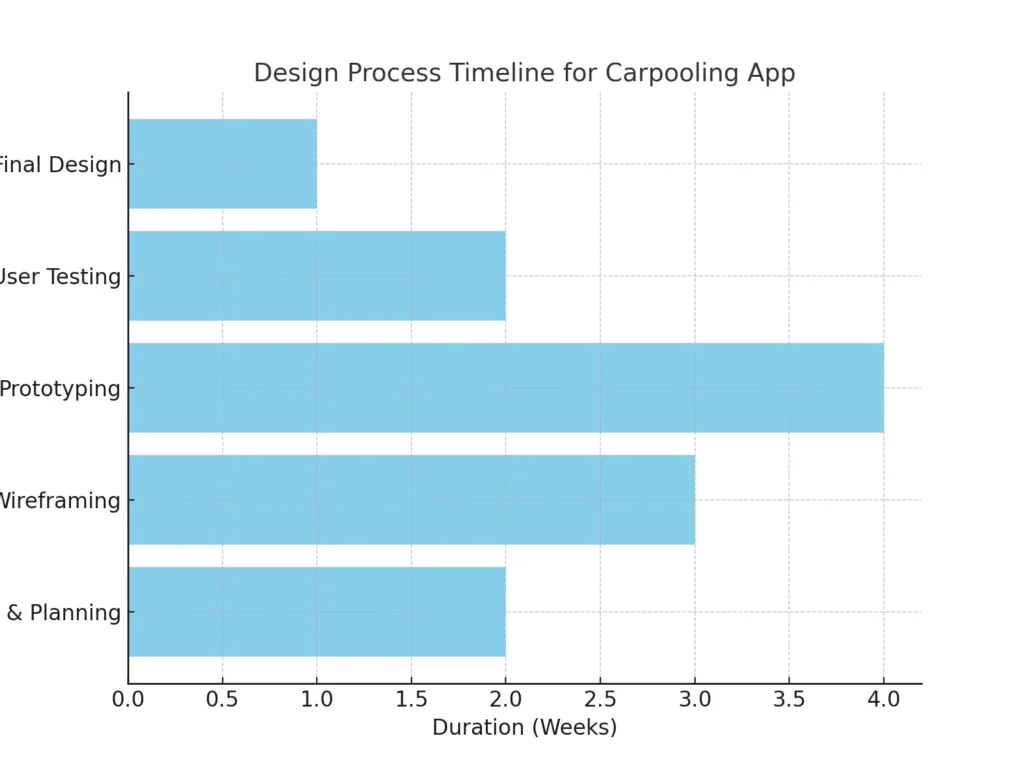
Development Process
Building a carpooling app like BlaBlaCar involves several structured phases, each essential for ensuring the final product is reliable, user-friendly, and scalable. Below is an outline of the key stages involved:
- Planning and Market Research
- Conduct thorough market research to identify user needs and competitors.
- Define the app’s value proposition and create a detailed roadmap for development.
- Wireframing and MVP Development
- Design wireframes to map out the app’s flow and features.
- Develop a Minimum Viable Product (MVP) to launch with core features and gather user feedback.
- Full-Scale Development
- Build the front-end and back-end of the app using the chosen technology stack.
- Integrate APIs for GPS tracking, payment gateways, and real-time notifications.
- Testing and Quality Assurance
- Conduct functional and performance testing to identify and fix bugs.
- Ensure compatibility across multiple devices and platforms (iOS and Android).
- Launch and Post-Launch Support
- Deploy the app on app stores (Google Play and Apple Store).
- Monitor user feedback and provide continuous updates and improvements.
Also Read : Key Features of a Successful Cameo Clone That Drives User Engagement
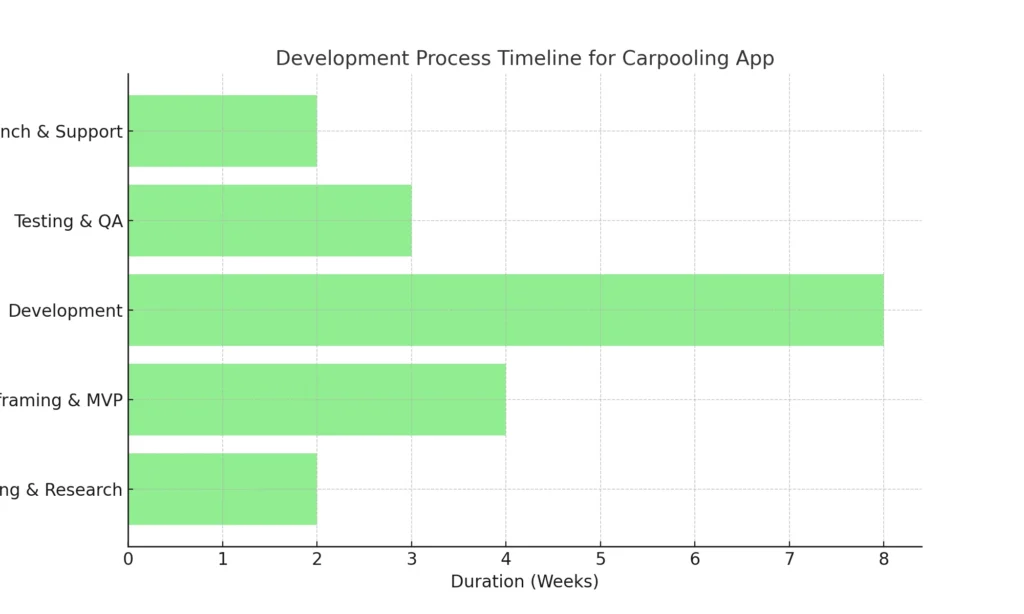
Cost Estimation and Timeframe
Building a carpooling app like BlaBlaCar requires careful planning of both budget and development time. Below is an overview of the expected costs and timelines for creating such an app, factoring in different regions and development models.
- Design and Prototyping
- Cost: $3,000 to $7,000 globally
- Time: 2 to 4 weeks
- This phase involves creating wireframes, prototypes, and UI/UX designs to ensure a smooth user experience.
- MVP Development
- Cost: $15,000 to $30,000 globally
- Time: 4 to 8 weeks
- Building a Minimum Viable Product (MVP) allows you to launch quickly with core features and gather user feedback.
- Full-Scale Development
- Cost: $50,000 to $100,000 globally (depending on features and complexity)
- Time: 3 to 6 months
- This phase covers the complete development, including front-end, back-end, and integrations like GPS and payment gateways.
- Testing and Launch
- Cost: $5,000 to $10,000
- Time: 2 to 3 weeks
- Extensive testing ensures that the app functions smoothly across devices and platforms.
- Maintenance and Updates
- Cost: Ongoing costs around $1,000 to $5,000 per month
- Continuous monitoring, bug fixes, and feature enhancements keep the app competitive.
| Development Phase | Global Cost | Global Time | Miracuves Solutions Cost | Miracuves Solutions Time |
|---|---|---|---|---|
| Design & Prototyping | $3,000 – $7,000 | 2 – 4 weeks | $500 | 1 day |
| MVP Development | $15,000 – $30,000 | 4 – 8 weeks | $2,000 | 3 days |
| Full-Scale Development | $50,000 – $100,000 | 3 – 6 months | $5,000 | 1 week |
| Testing & Launch | $5,000 – $10,000 | 2 – 3 weeks | $500 | 2 days |
| Maintenance & Updates | $1,000 – $5,000/month | Ongoing | $300/month | Ongoing |
Monetization Strategies
To ensure the long-term success of your carpooling app, it’s essential to adopt multiple monetization strategies that maximize revenue while delivering value to users. Below are some effective ways to monetize your app:
- Commission-Based Revenue
- Charge a percentage from each completed ride.
- This is the most common model, used by platforms like BlaBlaCar, where both drivers and passengers share the ride cost, and the app takes a small cut.
- Subscription Plans
- Offer premium features or ad-free experiences through monthly or yearly subscriptions.
- Subscribers could benefit from early ride booking or priority access to promotions.
- In-App Advertising
- Partner with brands to display relevant ads to your users.
- Local businesses or eco-friendly product brands can benefit from targeting your app’s user base.
- Affiliate Programs
- Promote relevant third-party services like insurance providers or fuel card programs.
- Earn a commission for each successful referral or purchase made through your app.
- Dynamic Pricing or Surge Fees
- Increase ride costs during peak hours or high-demand situations to boost revenue.
- This strategy encourages drivers to be more available when needed most, while generating higher returns for the platform.
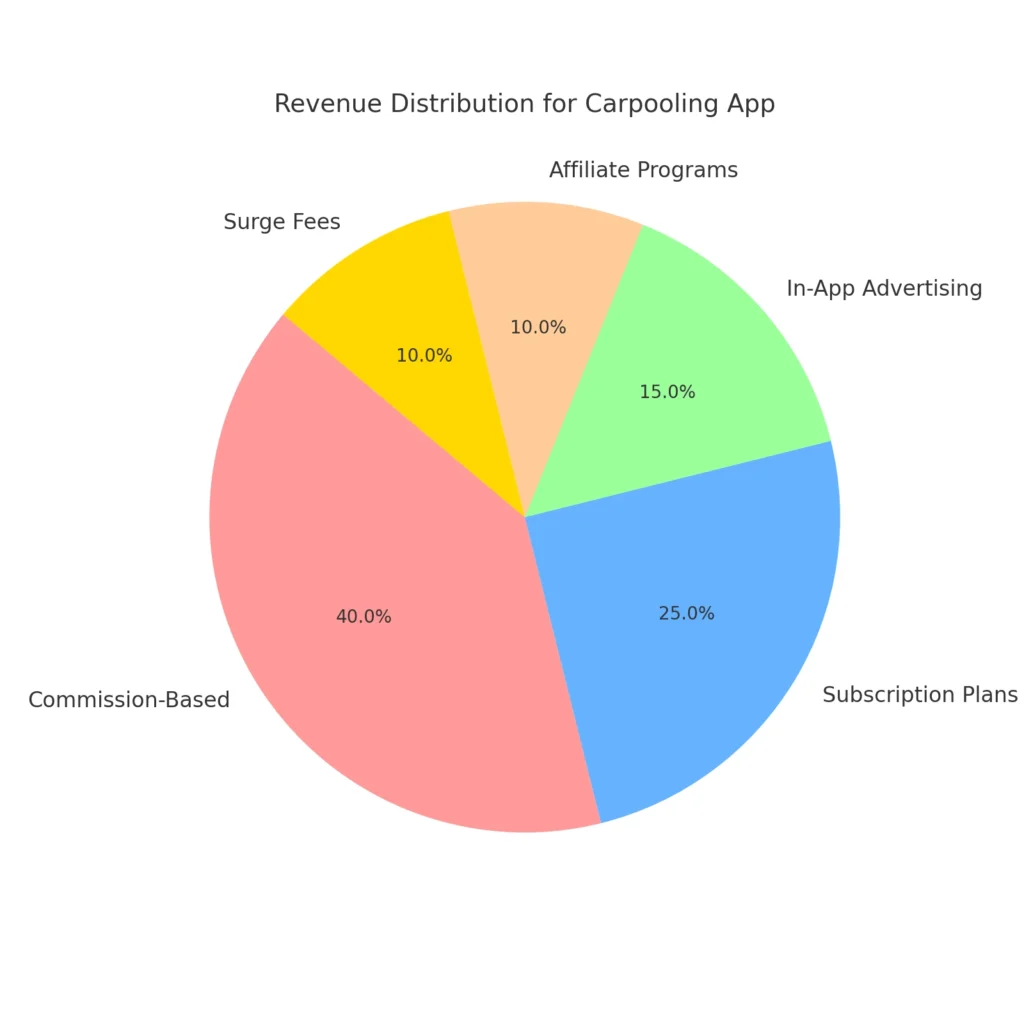
Launching and Marketing the App
A successful launch is the key to gaining early traction for your carpooling app. With the right marketing strategies, you can create buzz, attract your target audience, and set the foundation for long-term success. Below are the essential steps to ensure a smooth launch and impactful marketing:
- Pre-Launch Campaigns
- Build excitement through teaser campaigns on social media platforms.
- Launch a landing page with early sign-up offers or referral bonuses to attract your first users.
- Beta Testing
- Release a beta version to a select group of users to gather feedback.
- Use the insights from beta testers to fine-tune the app before the official release.
- SEO and ASO Optimization
- Implement SEO (Search Engine Optimization) strategies to ensure your app-related content ranks well in search engines.
- Optimize your app store listings with targeted keywords, screenshots, and engaging descriptions to enhance App Store Optimization (ASO).
- Influencer and Partner Marketing
- Collaborate with influencers or eco-friendly brands to promote your app and reach a wider audience.
- Partner with local events or environmental initiatives to position your app as a sustainable solution.
- Continuous Engagement and Feedback Loop
- Monitor user feedback after the launch to identify areas of improvement.
- Keep users engaged with special promotions, notifications, and regular updates based on feedback.
| Marketing Strategy | Description | Potential Impact | Estimated Cost |
|---|---|---|---|
| Pre-Launch Campaigns | Teaser campaigns, early sign-ups, referral bonuses | Builds early buzz and gathers leads | $1,000 – $5,000 |
| Beta Testing | Limited release to gather user feedback | Improves app quality before launch | $500 – $2,000 |
| SEO & ASO Optimization | Optimizes content and app listings for visibility | Increases search engine and app store rankings | $1,500 – $5,000 (ongoing) |
| Influencer Marketing | Collaborate with influencers and eco-friendly partners | Expands brand reach and credibility | $2,000 – $10,000 per campaign |
| Engagement & Feedback Loop | Continuous monitoring and updates through user feedback | Retains users and builds loyalty | $1,000/month (ongoing) |
Legal and Regulatory Considerations
Ensuring your carpooling app complies with local laws and industry regulations is crucial for building user trust and avoiding legal complications. Here are the key legal aspects to consider during the development and operation of your app:
- Data Privacy and Protection
- Comply with regulations such as GDPR (for the EU) or CCPA (for California) to protect user data.
- Implement encryption protocols and secure login methods to safeguard sensitive information.
- Payment Compliance
- Ensure your payment gateway aligns with PCI-DSS standards to maintain secure financial transactions.
- Offer transparency in fares and fees to comply with consumer protection laws.
- Terms and Conditions
- Develop comprehensive Terms of Service and Privacy Policies to inform users about their rights and responsibilities.
- Ensure these policies are easily accessible within the app.
- Local Transportation Regulations
- Verify whether your app requires permits or licenses to operate legally in certain regions.
- Stay updated with evolving regulations to remain compliant with local laws.
- Insurance and Liability
- Offer insurance coverage or partner with providers to cover risks during rides.
- Clearly define liability terms in case of disputes between drivers and passengers.
It’s essential to comply with data protection laws such as GDPR to safeguard user privacy and avoid legal complications.
| Legal Requirement | Description | Action Needed for Compliance |
|---|---|---|
| Data Privacy (e.g., GDPR, CCPA) | Protect user data and ensure transparency | Implement encryption, user consent, and privacy policies |
| Payment Compliance (PCI-DSS) | Secure financial transactions | Integrate PCI-compliant payment gateways and ensure fare transparency |
| Terms and Conditions | Inform users about app usage rules and privacy | Develop and display clear Terms of Service and Privacy Policy |
| Local Transportation Regulations | Comply with regional transport laws | Obtain required permits/licenses and monitor changing regulations |
| Insurance and Liability | Cover risks and define responsibility | Partner with insurance providers and outline liability terms in disputes |
Future Growth and Scalability
The success of a carpooling app lies not only in its initial launch but also in its ability to grow and scale over time. As user demand increases, the platform must evolve to stay competitive and meet market expectations. Here are key strategies to ensure future growth and scalability:
- Cloud Infrastructure for Scaling
- Leverage cloud platforms like AWS or Google Cloud to seamlessly expand server capacity as user traffic grows.
- Implement auto-scaling to manage sudden increases in demand, ensuring uninterrupted service during peak hours.
- Continuous Feature Upgrades
- Introduce new features over time, such as AI-based ride recommendations or carbon footprint tracking.
- Keep improving core features, like faster ride matching or enhanced GPS tracking, to stay relevant.
- User Engagement and Retention Strategies
- Use push notifications and in-app messaging to engage users with personalized offers and updates.
- Build a loyalty program to reward frequent users with discounts or special benefits.
- Monitoring Market Trends
- Stay ahead by adopting emerging technologies like electric vehicle integration or shared fleet partnerships.
- Track market trends and user behavior to identify new growth opportunities.
- Global Expansion Opportunities
- After establishing a local presence, explore expanding into other cities or countries with similar market demand.
- Customize the app to meet the legal and cultural requirements of each new region.

Why Trust Miracuves Solutions for Your Next Project?
Choosing the right development partner can make all the difference when building a carpooling app like BlaBlaCar. With Miracuves Solutions, you gain access to an experienced team that delivers high-quality products faster and more affordably than the global industry standard. Here’s what sets Miracuves Solutions apart:
- Unmatched Cost Efficiency
- With development costs that are up to 90% lower than global averages, Miracuves Solutions ensures you get the most value for your budget.
- Whether you’re a startup or an established business, this cost advantage makes scaling your project more accessible.
- Faster Time-to-Market
- Speed is crucial in today’s competitive market. Miracuves Solutions completes projects 30x faster, allowing you to seize opportunities before competitors.
- From MVP launch to full-scale deployment, the timeline is optimized to get your app live quickly.
- End-to-End Development Support
- Miracuves offers comprehensive services, from initial consultation and design to development, testing, and post-launch maintenance.
- Their proactive support ensures your app evolves with market trends and user demands.
- Proven Expertise and Custom Solutions
- With a portfolio of successful projects, Miracuves Solutions brings deep expertise to your project.
- Whether you need tailored features, scalable architecture, or seamless integrations, Miracuves crafts solutions that fit your business needs perfectly.
- A Partnership for Growth
- Miracuves Solutions doesn’t just develop apps; they build long-term partnerships. Their continuous improvement model ensures your app remains relevant and competitive as the market evolves.
Conclusion
Building a carpooling app like BlaBlaCar offers a fantastic opportunity to tap into a growing market while promoting sustainable transportation. With more people seeking affordable, eco-friendly travel solutions, creating a well-designed platform can make a significant impact both financially and environmentally. However, success depends on having the right features, smooth user experience, and a solid development strategy.
Choosing Miracuves Solutions as your technology partner ensures that your app is built quickly, affordably, and tailored to your needs. With their expertise, you’ll not only bring your vision to life but also stay ahead of the competition through continuous improvements and proactive support. The time to act is now – with the right partner by your side, your journey to launch a successful carpooling app starts today.
Want to build a ride-hailing app like Uber or Lyft?
We specialize in creating custom on-demand taxi apps that include real-time ride tracking, driver-passenger matching, dynamic pricing, and seamless payment integration.
FAQs
How much does it cost to build a carpooling app like BlaBlaCar?
The cost varies depending on features and regions, but Miracuves Solutions can deliver it for 90% less than global rates.
How long does it take to develop such an app?
While global timelines are 3-6 months, Miracuves Solutions can deliver a functional app in just a few days to a week.
What technologies are recommended for a carpooling app?
Technologies like React Native, Node.js, and cloud hosting on AWS or Google Cloud are commonly used.
How can a carpooling app generate revenue?
Through commissions on rides, subscriptions, in-app ads, affiliate programs, and surge fees during peak times.
What legal aspects should I consider before launching?
Ensure compliance with data privacy laws like GDPR, secure payment standards (PCI-DSS), and obtain necessary local licenses.
Explore our on-demand service app solutions offered by Miracuves – built for flexibility, performance, and scalability:
Thumbtack Like Solution Platform – A robust service marketplace for connecting users with trusted professionals across home, wellness, and event categories like solution platform.
Uber for X Like Solution Platform – A flexible on-demand app framework that fits any niche – beauty, handyman, tutoring, and more – with real-time features like solution platform.
Rover Like Solution Platform – A dedicated pet care service app offering dog walking, pet sitting, and trusted caregiver matching with secure payments like solution platform.
Uber for Massage Like Solution Platform – An intuitive wellness app for booking massage therapists at home with instant scheduling, reviews, and real-time tracking like solution platform.
Astrotalk Like Solution platform – An astrology consultation app offering live sessions, chat with experts, and daily horoscope features like solution.



